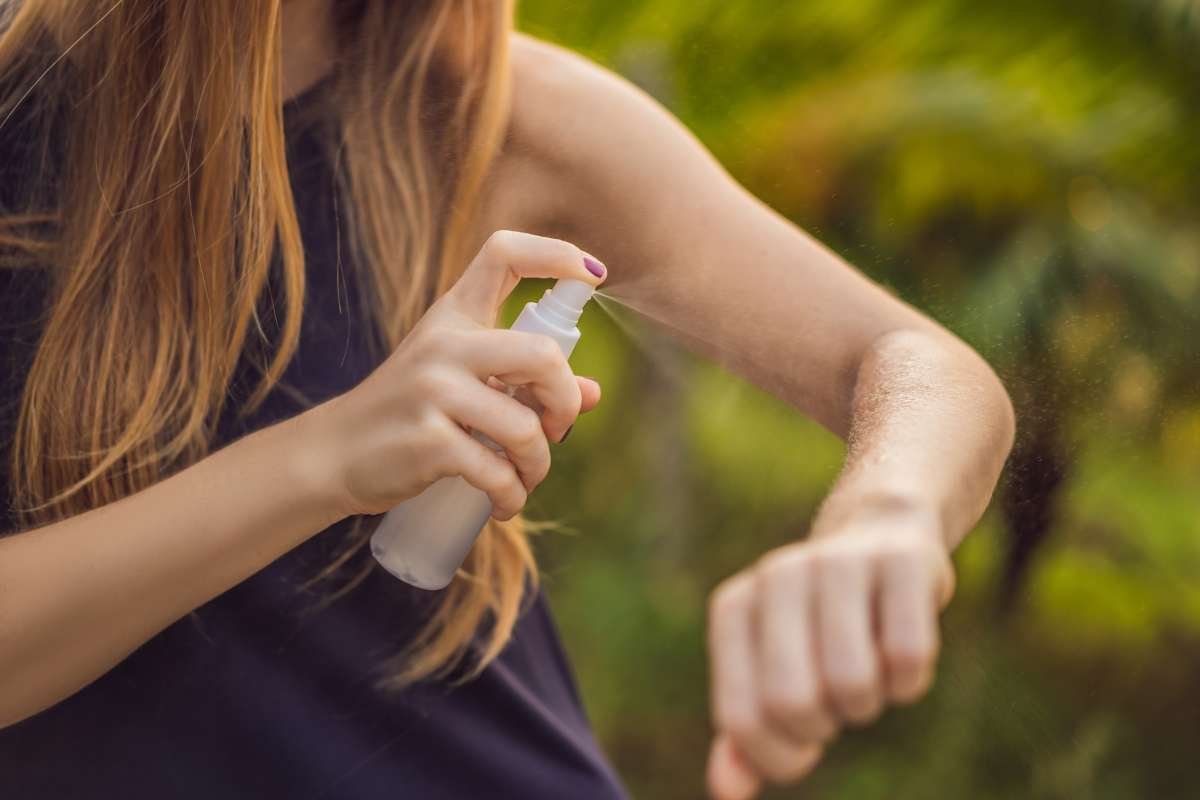Source-ReachOut-Parents
Recent research challenges the age-old belief that good looks equate to happiness, revealing instead a troubling correlation between attractiveness and adolescent risky behavior among young people. Led by Professor Colin Peter Green from the Norwegian University of Science and Technology, the study explores how physical attractiveness influences adolescents’ choices, particularly in relation to alcohol consumption. Green’s findings suggest that the more attractive a teenager is perceived to be, the higher their propensity for engaging in excessive drinking and other risky behaviors, potentially leading to long-term consequences such as alcoholism.
Beauty and Adolescent Risk-Taking
In their study titled ‘Beauty, Underage Drinking, and Adolescent Risky Behaviors,’ Green and his international team delved into data from over 30,000 participants in the United States’ Add Health study. This longitudinal research tracked participants from adolescence into young adulthood, examining behaviors such as drinking, binge drinking, smoking, substance use, unprotected sex, and teenage pregnancy. The results unveiled a clear pattern: adolescents rated as more attractive were not only more likely to consume alcohol but also to engage in other forms of risky behavior.
Societal Perceptions and Long-term Implications
The study highlights societal perceptions of beauty and their profound impact on youth behavior. It reveals that attractive adolescents, particularly girls, are statistically more prone to drinking heavily and frequently compared to their less conventionally attractive peers. Moreover, these behaviors are often influenced by social dynamics—where popularity and access to social events contribute to higher instances of risky behavior among attractive individuals.
Professor Green emphasizes the broader implications of these findings, suggesting that early patterns of risky behavior can lead to detrimental outcomes later in life, such as alcohol dependency. The study also underscores the importance of fostering self-esteem and healthy decision-making skills in young people from an early age, regardless of their perceived physical attractiveness. Green advocates for interventions that promote self-respect and emotional well-being as crucial factors in mitigating adolescent risky behaviors.
The research challenges the notion that beauty guarantees a smooth path through adolescence, revealing a complex interplay between appearance, social dynamics, and personal choices instead. Understanding these dynamics is crucial for developing targeted interventions that address underlying factors influencing risky behaviors among young people. As society navigates these findings, there is a growing call for comprehensive support systems that prioritize mental health and self-esteem development in youth, aiming to steer them away from potentially harmful trajectories later in life.







